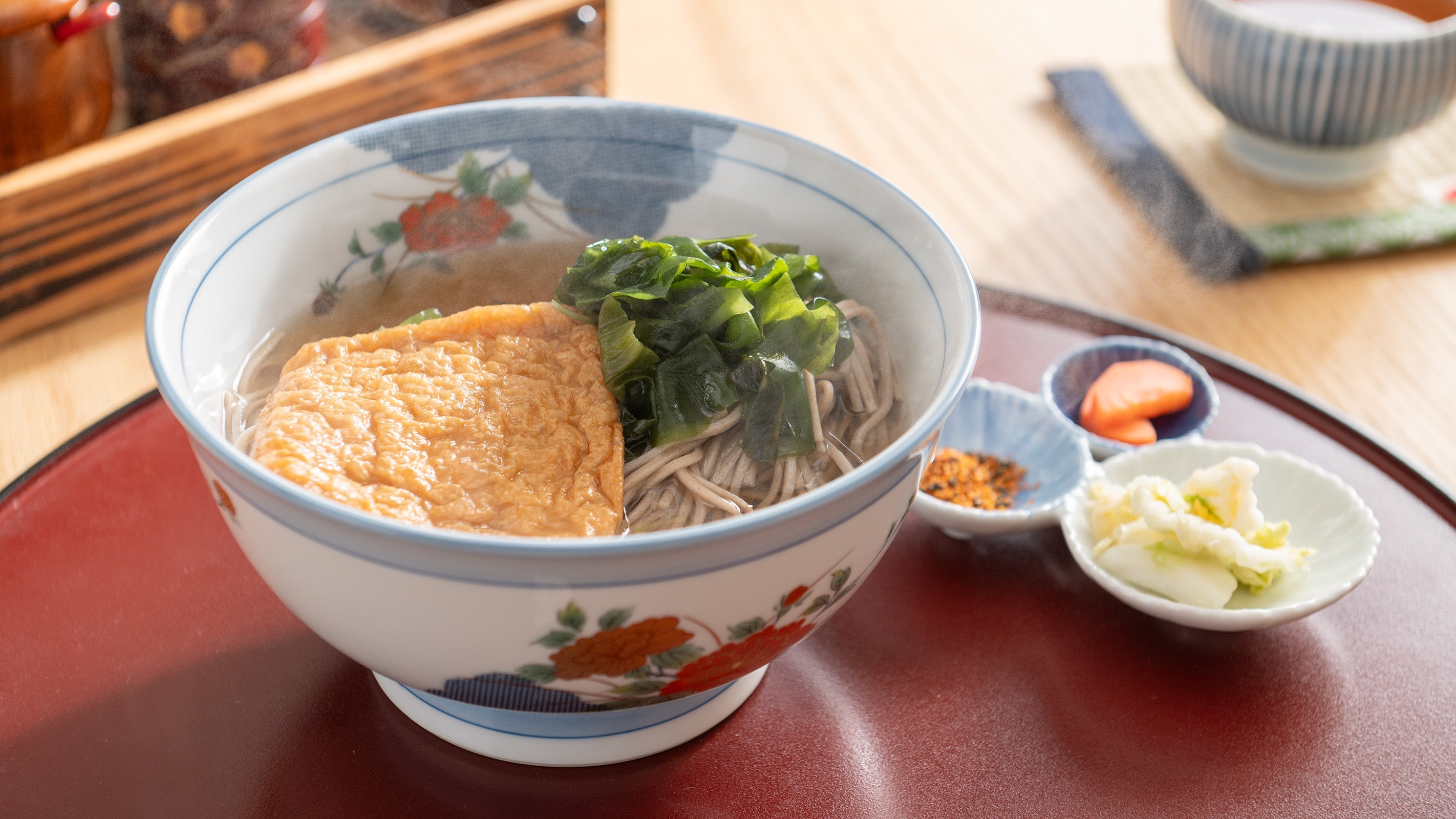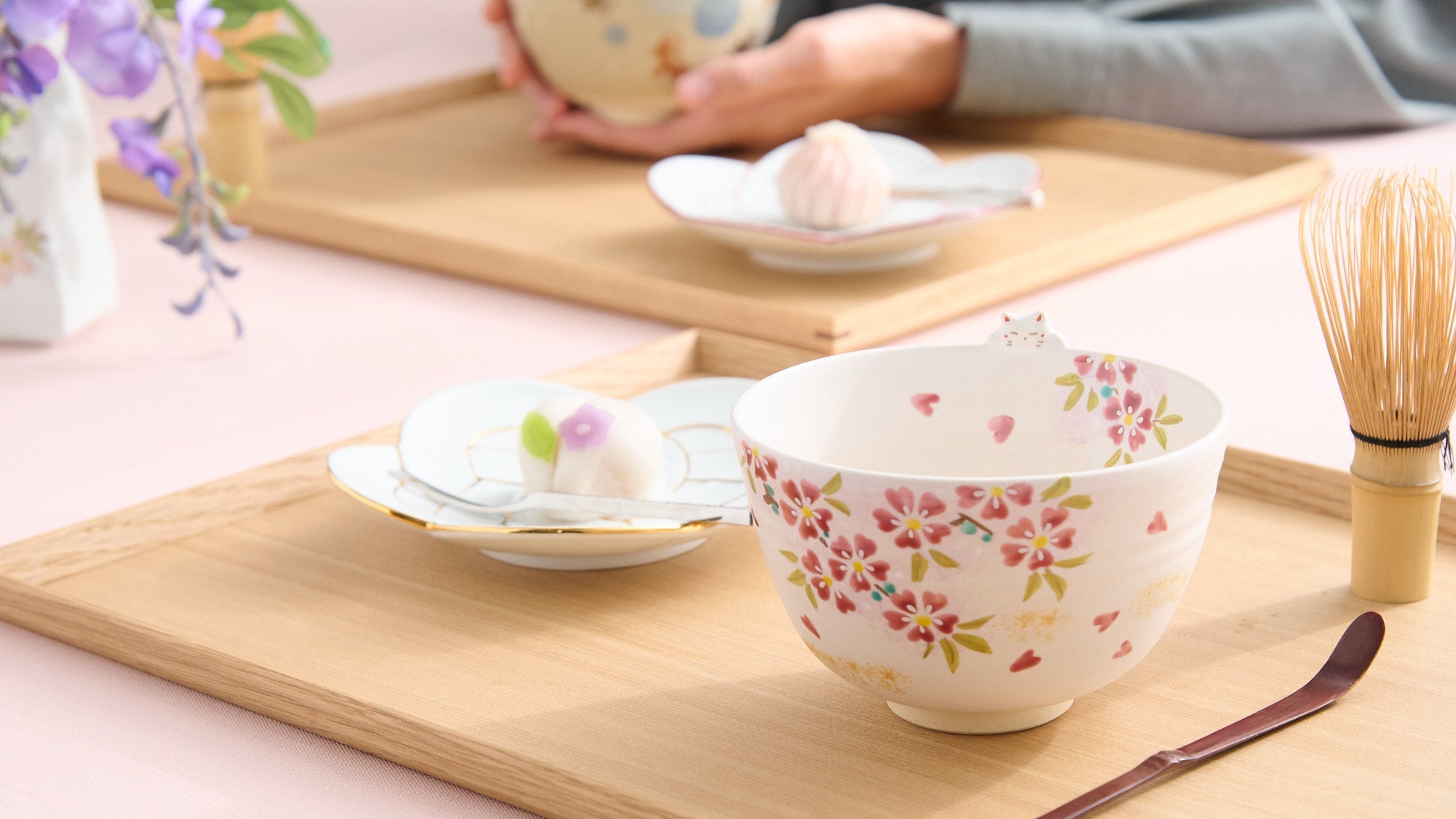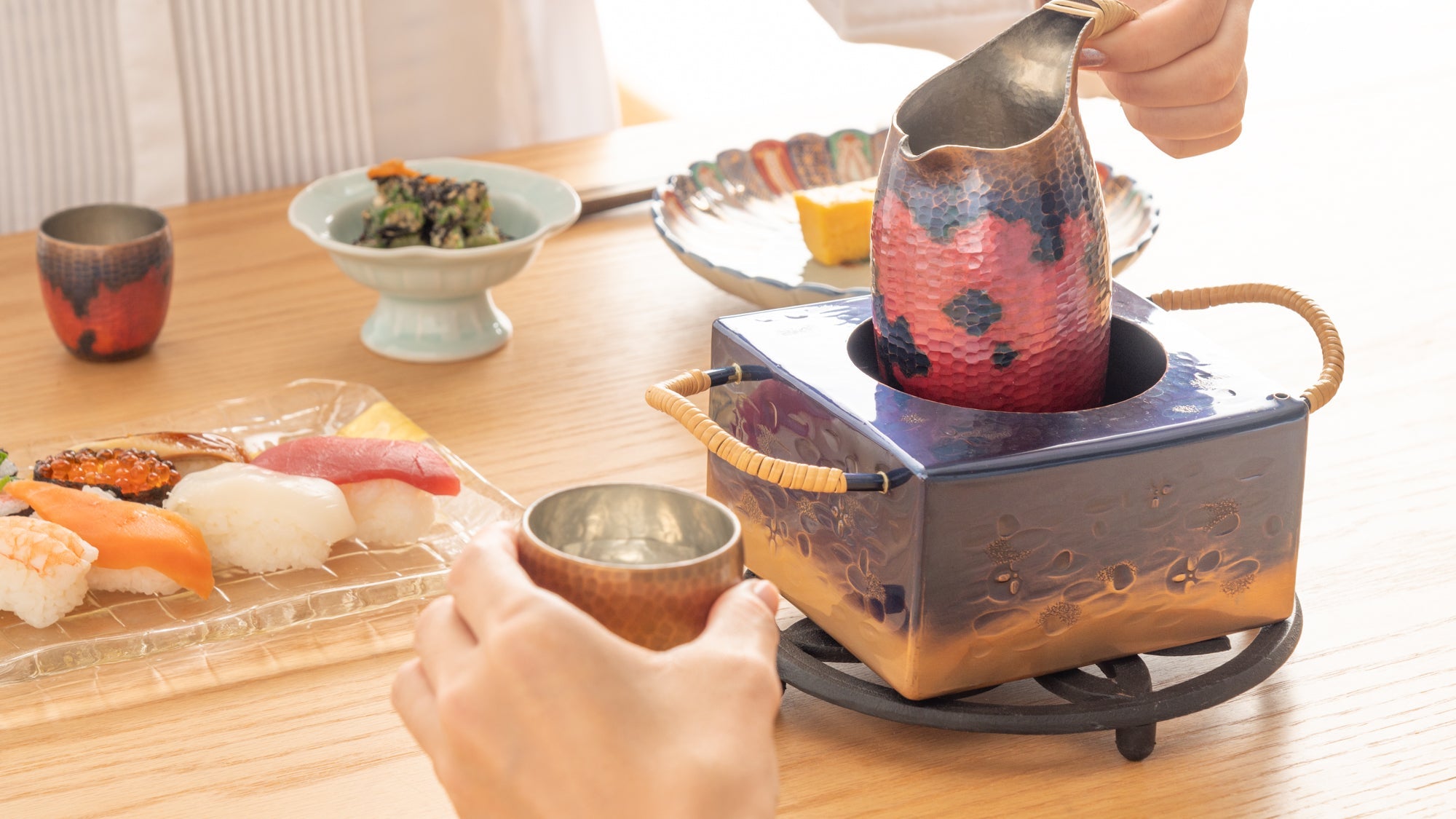
Experiencing Heritage: My Journey into Edo Kiriko Glass Cup Cutting
Written by Yamada Minako
I have a friend who is a traditional Japanese candle craftsman, and every time I meet him, I am greatly influenced by the firsthand stories he shares about various traditional crafts from different regions and the cultural and spiritual aspects of Japan's traditions, which I wouldn't have known in my daily life alone. Observing the dwindling number of artisans, I couldn't help but ponder if there was a way for me to contribute as well.
Personally, I've always relished intricate work and harbored a deep desire to explore the world of traditional craftsmanship. Recognizing the profound depth and richness of this craft, I initially hesitated to plunge into its captivating depths. It appeared as an unending voyage, demanding immense energy and time. However, traditional craftsmanship isn't an exclusive realm; it's open to the public. Many workshops and kilns provide accessible classes for visitors to casually engage with the craft. The Kiyohide Glass Studio of Edo Kiriko cutting glass, where we recently visited, is just one such opportunity.
tables of contents
Edo Kiriko

Kiyohide Glass "Kirameki" Studio

An incredible experience awaits you at the "Kirameki (Refined Light)" studio, located in downtown Tokyo, where Kiyohide, a master artisan of Edo Kiriko, provides direct guidance. This unique opportunity allows you to have the only hands-on Edo Kiriko experience led by a professional Japanese Edo Kiriko artisan.
Having seen Kiyohide's masterpieces, I was awestruck by the exquisite precision of his cuts. However, the process of creating such delicate pieces by a single individual seemed almost surreal, and I could only vaguely grasp the true difficulty involved. When I heard how challenging it was, I thought, "Well, that's not surprising."
Right next to the studio, there is a store showcasing the beautifully designed Edo Kiriko items created by Kiyohide.

With a mix of great excitement and a slight sense of nervousness, my heart raced. I was excited to embark on this rare journey of experiencing it firsthand and truly understanding the artistry through my own hands and body.
Let's Start

We entered a workshop space inside Kiyohide's daily workplace and first received a basic explanation:
"The base cups themselves are produced by a specialized factory where we select the colors and place an order. What truly defines Edo Kiriko is the cutting process. It is the meticulous carving of the cups by a professional artisan that determines whether it qualifies as Edo Kiriko."
I felt that the allure of Edo Kiriko lies not just in the items themselves but in the profound appreciation for the craftsmanship that underlies it.
This time, we had two types of glasses: colored glass cups and transparent ones. We decided to make two cups each. Co-worker, Kawakami, chose a blue one, and I chose a red one.
The general process is as follows:
- Decide on the design and mark the outlines using a pen.
- Place the glass against the blade machine and start cutting.


Once the design was roughly determined, we marked the outlines using a marker.





By guiding the pen along the wood, we could achieve stability and draw straight vertical lines as well.
I finished the first one!

However, I believed that after the first one, I must have become somewhat accustomed to the technique! I motivated myself, thinking, "I must have improved a bit!" and began working on the second glass cup.

Cutting on the colored glass is indeed more difficult, as it becomes harder to discern the exact position where the blade contacts the glass. Your senses play a significant role in this process, as you rely on the feeling of your hand, the angle, and the pressure applied to create each line. It's a delicate dance of various relationships coming together to produce the intricacies of each cut.

However, Kiyohide kindly taught me how to find angles that allow better visibility. He emphasized using our eyes and vision as much as possible during the creation process.
He also advised trying a light touch at first, shaving off the shallow colored parts. As the blade's position becomes clearer, you can then put more effort into deep cutting.

We continued to cut, draw, and cut again, repeating the process.
Finally, we made them!

His Charming Personality

Due to his busy schedule with his own work production, it's unclear whether he will be able to continue the hands-on workshops for a long period.
Having the opportunity to personally experience traditional craftsmanship is truly precious, and I believe it is something that should be embraced.
If you have the chance, I highly recommend trying this valuable experience while it is still available.










Leave a comment
This site is protected by hCaptcha and the hCaptcha Privacy Policy and Terms of Service apply.